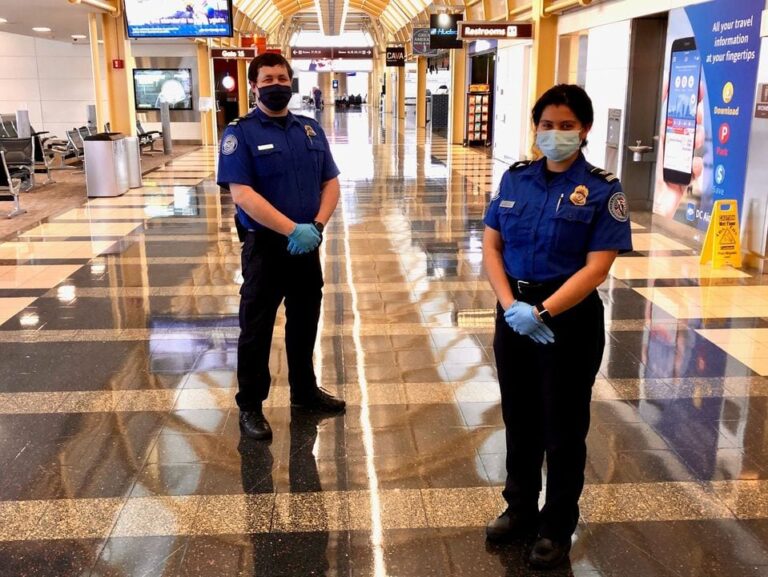The US Government Accountability Office (GAO) says greater federal leadership in preparedness and disease mitigation research could better address future communicable disease threats while minimizing aviation disruptions.
The government watchdog has again called for a national aviation plan for communicable disease outbreaks; something it has been recommending the Department of Transportation (DOT) do since 2015. At GAO’s urging, US Congress passed legislation in December 2022 requiring DOT to develop the plan.
GAO has also recommended Congress direct the Federal Aviation Administration (FAA) to develop a research strategy on disease transmission in air travel, which Congress had not done as of March 2024.
On March 18, 2024, GAO reported that DOT and FAA officials stated in 2023 and 2024 that they have actions underway to develop the preparedness plan and identify needed research. DOT officials said that the plan has been drafted and is being coordinated internally within the FAA, with a target delivery date at the end of the 2024 calendar year. The officials said that they have used lessons learned from the Covid-19 pandemic, as well as from the Ebola, SARS and other communicable disease outbreaks, to inform the draft plan.
GAO said more lessons can be learned from the way the aviation industry and government handled the Covid-19 pandemic. For example, the watchdog recommends that financial and other safeguards are developed before distributing assistance to minimize risks associated with emergency funding. In addition, the watchdog says multiple programs or paths within a program may better accommodate businesses of varying types and sizes. Clear communication with eligible entities is also important for new or expanded funding programs, GAO adds.
The Covid-19 pandemic profoundly affected the aviation industry. In April 2020, commercial airline traffic in the USA alone fell to three million passengers, a 96% decrease from April 2019. The federal government responded in many ways, including by providing $132bn in financial assistance to airlines, aviation and other businesses, and airports.
GAO has previously found that implementation issues with travel restrictions resulted in confusion and crowding at some airports in March 2020, including significant delays in processing travelers at Chicago O’Hare International Airport on the first full day of travel restrictions from Europe.
On January 31, 2021, the Department of Homeland Security and the Transportation Security Administration (TSA) issued security directives that required face masks to be worn by passengers and employees on transportation systems, including aviation. Industry stakeholders that GAO spoke with stated that TSA coordinated positively and effectively overall when issuing the Covid-19 related security directives. Specifically, they said that TSA officials reached out to airlines and airports through a series of conference calls and emails. In addition, officials from DOT and its component agencies were also included and participated in TSA outreach efforts to industry stakeholders about the face mask requirement and also provided additional resources for operators. However, some other industry stakeholders that GAO interviewed raised some implementation issues with the security directives. For example, some of these stakeholders noted that better guidance and signage from TSA prior to the release of the directives could have better informed the public that the face mask directive was a federal requirement.
Post-pandemic, GAO found that the aviation industry struggled with sufficient staffing to handle air traffic when it recovered. This raised long-standing industry concerns that new workers are not entering the aviation industry at a pace sufficient to replace attrition and retirements and to support the industry’s projected growth.
In related news, the European Union Aviation Safety Agency (EASA) recently published its 2024 regional aviation safety plan, which sets out priorities, risks and mitigation measures. Click here for the full story.

